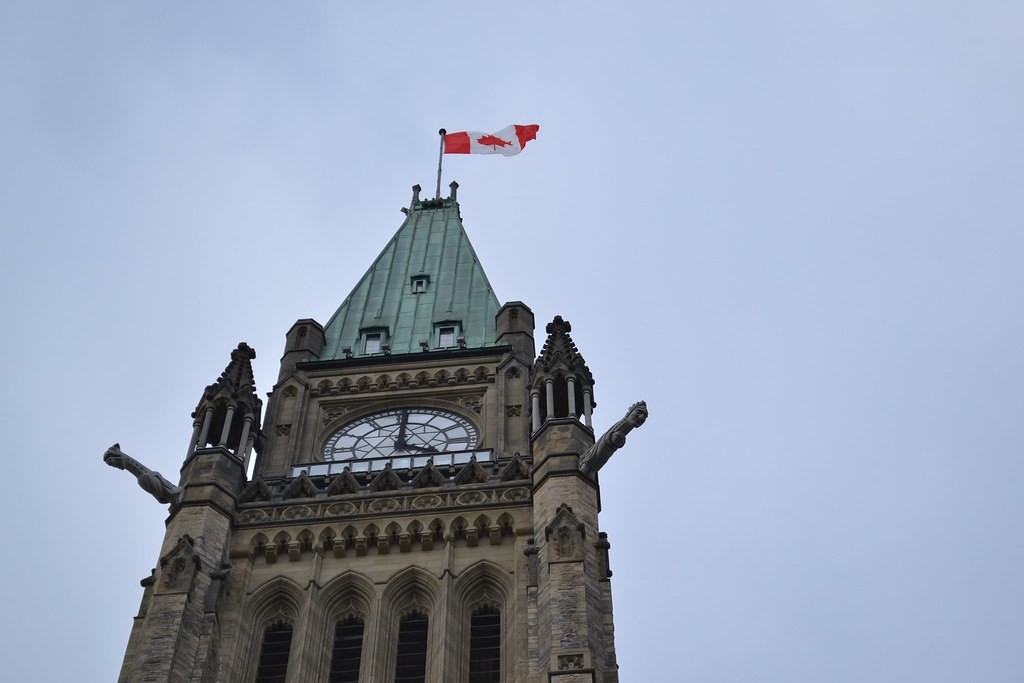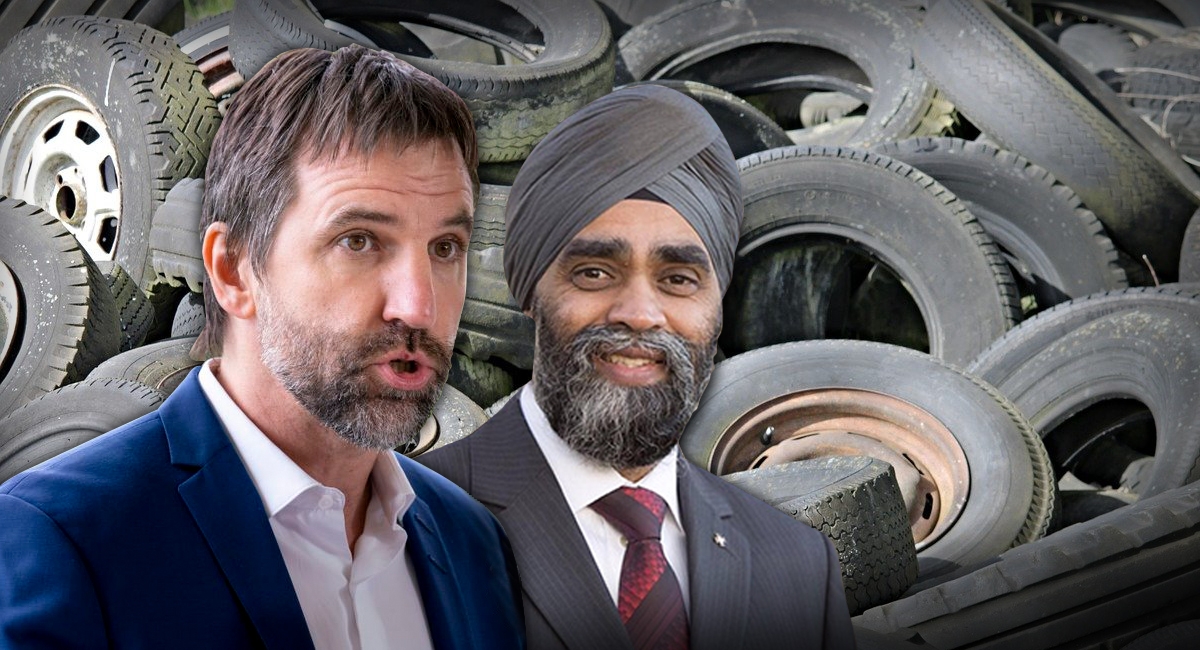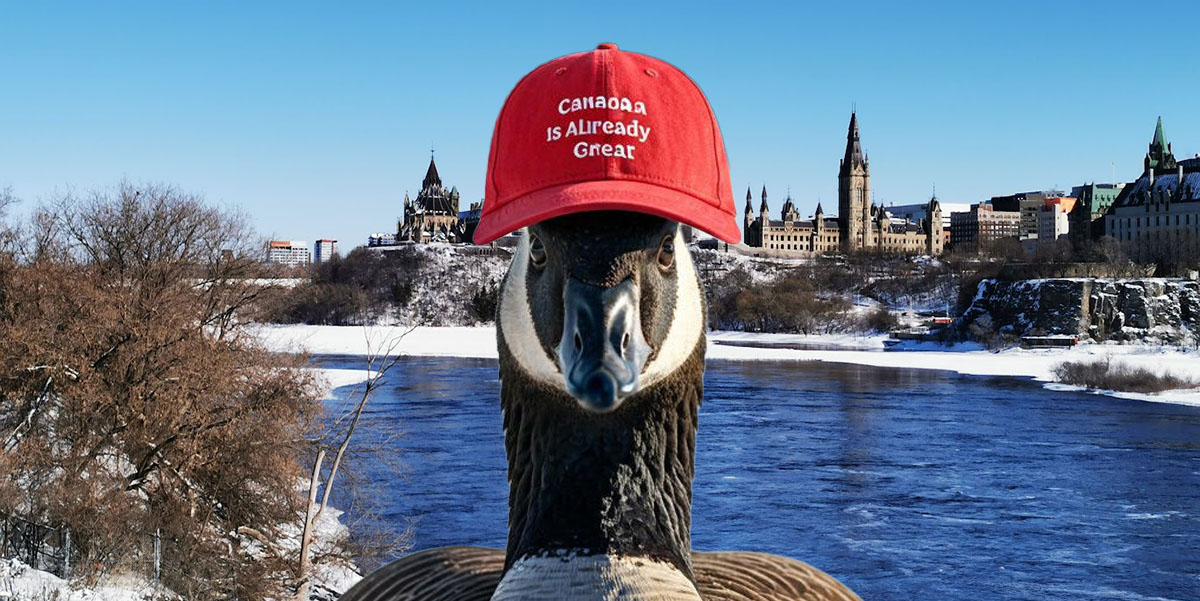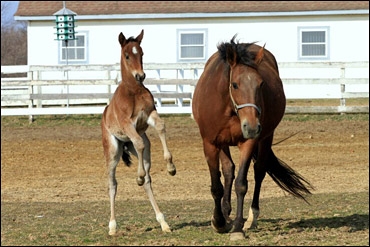
Part One: Horse Sense & Government Nonsense
Public-Private Partnerships Are Not Subsidies
The Ontario government’s decision to end the Slots at Racetracks Program has a detrimental effect for Ontario’s vibrant horseracing and equine industries.
THE COMEDIAN GROUCHO MARX ONCE COMMENTED that: “Politics is the art of looking for trouble, finding it everywhere, diagnosing it incorrectly and applying the wrong remedies.” That observation may well describe the Ontario government’s decision to abruptly end the Slots at Racetracks Program, a successful revenue-sharing program that has, for almost 15 years, mutually benefited the government, the horseracing and equine industries and many small towns in rural Ontario.
The vehicle for the Ontario government’s unexpected decision was its March 27, 2012 Budget when Finance Minister Dwight Duncan rose to his feet at Queen’s Park and unveiled the document entitled Strong Action for Ontario. It outlined how Premier Dalton McGuinty’s Liberal government would eliminate the province’s massive $15-billion deficit within the next five years. Ontario horsemen, jockeys, breeders, equine suppliers, black-smiths, saddlers, veterinarians and farmers had no warning that contained within the 332-page document was a proposed initiative named Modernizing the Ontario Lottery and Gaming Corporation (OLG), which would eliminate the Slots at Racetracks Program by March 31, 2013, threatening the sustainability of the industry and a large segment of Ontario’s agricultural industry that it supports.

Since its provincial government-initiated inception in 1975, the OLG has been the Crown corporation responsible for running Ontario’s gaming industry, ranging from the sale of lottery and bingo tickets to the oversight of Ontario’s many resort casinos. Betting on the horses has been a time-honoured practice in Ontario since before Confederation, but, with the introduction of the Slots Program in 1998, horseracing became more closely tied to the gaming industry. The Budget initiative’s plan to remove slot machines from racetracks will undoubtedly loosen those ties. But why would their removal deliver such a crippling blow to the horseracing and equine industry, the second largest sub-sector of Ontario’s agricultural economy? The answer can be found in first identifying why OLG and the Ontario government put slot machines at the racetracks in the first place and also how the program functioned for the past
14 years.
Under a revenue-sharing agreement, profits from slot machines located at the tracks were split among the government, the horseracing and equine industry and the rural municipalities where the slot machines were located. The government received 75 per cent of every dollar spent at a provincial track and the industry got 10 per cent for wages and employment purposes. An additional 10 per cent was distributed to the racetracks to augment the purses of prize money, to maintain the tracks and for renovations. The final 5 per cent went to the rural municipalities. The subtext of the initial implementation of the Slots at Racetracks Program reveals a financial olive branch offered to the horseracing industry and a calculated conclusion based on social perception.
In the 1990s, knowing that slot machines were a crucial source of revenue, the OLG and the government needed to find an appropriate venue to expand the use of slots beyond Ontario’s numerous pre-existing casino facilities. Social perception made this a difficult task, since many Ontarians were reluctant to have new gambling facilities anywhere near where they lived. The province’s racetracks soon came to be seen as the appropriate place for the excess slot machines. As Ian Russell – president of Canada’s largest equine supplier, Greenhawk Harness and Equestrian Supplies Inc. – explains, “[the] racetracks are already located in socially acceptable places for gambling to occur.” Ed McHale, who serves as director of the National Capital Region Harness Horse Association (NCRHHA), offers the Ottawa-area perspective on this same issue by noting that: “Nobody wanted the slots anywhere and they decided that the best place (because they had nowhere else to put them) was the racetracks.” Yet there was another reason that the province’s newly expanded slot facilities found what many thought would be a permanent home at the province’s racetracks: a compromise with the horseracing industry.
Anna Meyers, president of the Standardbred Breeders of Ontario Association, identifies the compromise offered to the racing industry by the OLG in 1998 by stating that “we knew with the introduction of slot machines at racetracks, there would be some cannibalization of the wagers placed on the horses involved in horseracing, but we also knew that the revenue-sharing element of the Slots at Racetracks Program could also raise a lot of money both for the horseracing industry and the province.”
Or, as John Macmillan, executive director of NCRHHA, puts it: “We thought we could play off of one another, allowing both horseracing (through bets placed on horses) and the slot machines to be profitable. We felt that it would even out, because whatever revenue the industry lost through reduced wagers placed on horses due to the presence of the slot machines would be offset by the share of revenue kept from the slot machines.” And, as the results demonstrate, these two competing forms of gambling were able to “play off of one another” for quite some time.

Since its inception in 1998, the Slots at Racetracks Program earned Ontario roughly a billion dollars in revenue every single year, most of which was gladly accepted by the province to help pay for essential services. In fact, between 2001 and 2011, after OLG commissions and expenses were deducted, the program delivered over $9 billion in revenue to the province. Each year, hundreds of millions of dollars from the horseracing industry’s portion of the lucrative revenue-sharing agreement were reinvested in the horseracing community. In 2010 alone, the industry received $334 million from its share of the Slots Program. That $334 million was split down the middle between the horse owners, racers, trainers and breeders on the one hand, and the racetracks on the other hand.
However, the $334 million pales in comparison with the approximately $2.3 billion the industry spent in Ontario that same year. Most of the $2.3 billion was spent in rural communities, stimulating the local economy through the purchase of services like training and grooming or goods like saddles, trucks, trailers and gasoline. All of these essential goods and services, part of the cost of doing business in Ontario’s thriving horseracing and equine industry, provided additional tax revenue for Ontario. But with the delivery of the Ontario Budget on that cold day in March, and its passage on the first day of summer three months later, the fate of the Slots at Racetracks Program was officially sealed.
The Ontario government and OLG have attempted to rationalize their decision to end the Program on purely economic grounds. They maintain that it is a necessary first step in the modernization initiative which will promote economic efficiency in the province’s gaming industry and will help reduce the province’s unsustainably high deficit. However, the reasoning simply does not add up. On page 39 of the Ontario Budget, it is stated that the modernization initiative will further benefit the province since it “will create 2,300 net new jobs in the gaming industry and nearly 4,000 additional jobs in the hospitality and retail sector by 2017-18.” While this may seem positive, closer examination reveals that it requires a tradeoff that is less-than-beneficial for Ontario.
The Budget speaks of “public sector investment” that will be reduced while still allowing the province’s gaming industry to make more revenue “through shifting day-to-day operations of gaming sites and lottery distribution to private operations.” Is this realistic? Bear in mind that this “public-sector investment” of about $345 million between 2011 and 2012 (and the cumulative total of roughly $3.7 billion that made its way to the horseracing industry from 1998 to date) is not a “subsidy”, as Dwight Duncan has said in the past. It represents the horseracing industry’s portion of the revenue accumulated under the Slots at Racetracks Program, a revenue-sharing agreement, not a “subsidy.”
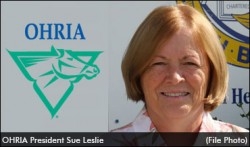
Will the modernization initiative’s plan raise more revenue than is now being generated by the current revenue-sharing program when the revenue provided by the OLG’s lottery and bingo operations has remained largely stagnant and that generated from charity and resort casinos has declined? Nevertheless, OLG’s modernization initiative projects that by eliminating the Slots Program, its most profitable revenue stream, and by further developing gaming operations which have historically returned less revenue to OLG and the province, net revenues will increase by more than $500 million by 2015. OLG spokesman Tony Bitonti explained how this paradoxical situation could be plausible by claiming that: “At the moment, it may be true that the bulk of revenue in the gaming industry comes from slots, but the demographics are changing. More and more people are becoming interested in table games.” Maybe so, but the OLG’s own data seems to show that the resort and charity casinos that provide a cross-section of slot machines and table games continue to see their revenue decline.
Perhaps the answer can be found in the cautionary tale of Quebec’s experiment with revenue restructuring in its gaming industry which led to a nightmare scenario that could be repeated in Ontario — but at a higher risk of 55,000 jobs lost. In 2006, Quebec’s horseracing industry undertook a revenue-restructuring initiative that resulted in the total collapse of the province’s horseracing industry and a near-death experience for the province’s equine industry two years later. The plan was to privatize the horseracing industry by allowing a private sector company called Attractions Hippiques to install Video Lottery Terminals (VLTs) in restaurants and bars while removing many of the existing VLTs from the province’s tracks and restricting Off-Track Betting. These actions, coupled with mismanagement, led to an inability to generate sufficient revenue through diversification and the subsequent bankruptcy of Attractions Hippiques. The horseracing and equine industries disintegrated almost overnight. Today, there remains only about 13 per cent of the pre-2006 jobs in Quebec’s horseracing and breeding industry. While VLTs were found in 6 per cent of Quebec’s tracks, slot machines are now present at (but will shortly be removed from) 100 per cent of Ontario tracks. The stakes could hardly be higher or the fallout worse from the sudden removal of the slots, because 10 per cent of their revenue had been kept by each track under the Slots Program.
The OLG and Ontario government predict that the modernization initiative will increase job opportunities for the gaming and hospitality industries. This is an attempt to divert attention away from the fact that, by adding some 6,000 jobs in five or six years’ time, Ontario risks sacrificing its horseracing and equine industries, as well as their satellite industries which employ about 55,000 Ontarians in full-time, part-time and seasonal jobs. The government position is perplexing since the modernization initiative has already caused 560 layoffs when the slots operations in Sarnia, Windsor and Fort Erie were closed down in April.
When speaking about the direct implications of the McGuinty government’s sudden decision, Sue Leslie, who serves as the President of the Ontario Horse Racing Industry Association (OHRIA), the organization which is the voice of horse racing in the province, captured the urgency of the situation by stating that, “there’s an absolute genuine possibility that there will not be horse racing in Ontario in two or three years from now.” John Macmillan from the NCRHHA elaborates on the fallout of the government’s decision by noting that, “there has been almost no investment in horse racing in Ontario since the ending of the Slots at Racetracks Program was announced in March.”
Continued in Part Two: Horse Sense & Government Nonsense

